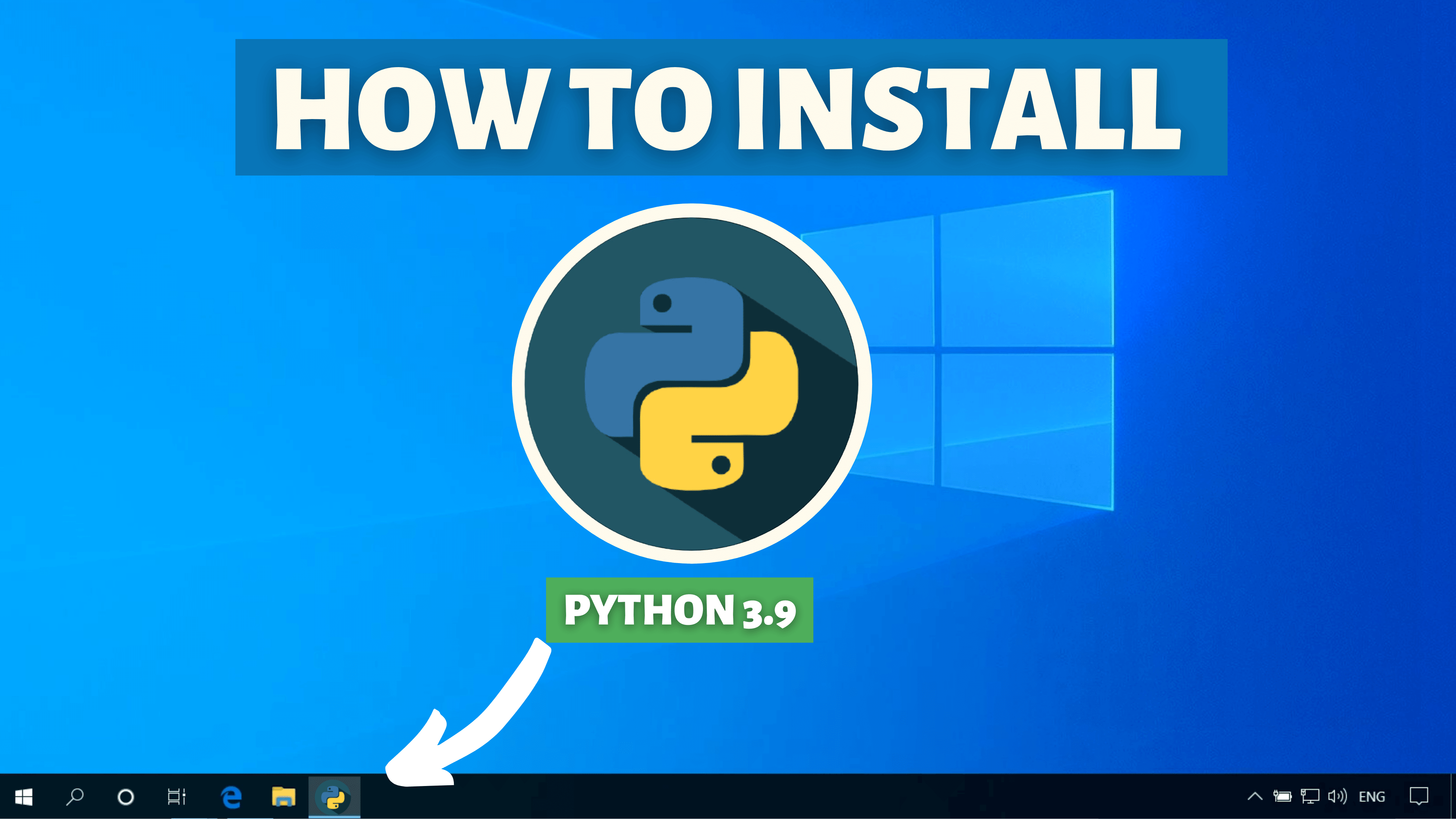

Step 4: Check the Python VersionĬheck the latest version installed of python using below command # python2.7 -V Python 2.7. Make altinstall is used to prevent replacing the default python binary file /usr/bin/python. Use below set of commands to extract Python source code and compile it on your system using altinstall. # cd /usr/src # wget Step 3: Extract Archive and Compile You can also download latest version in place of specified below. Red Hat has added through the EPEL repository: Python 3.4 for CentOS 6 Python 3.6 for CentOS 7 EPEL How to install Python 3. # yum install gcc Step 2: Download Python 2.7ĭownload Python using following command from python official site. Use following command to install gcc if you don’t have it installed.

Step 1: Install GCCįirstly make sure that you have gcc package installed on your system.

This tutorial will help you to install Python 2.7 without removing older versions. You can choose between existing 3.6 or install 3.8 or 3.9 to the side.Today, I was trying to install an application on my CentOS 6.6 system which required Python >= 2.7, but there are Python 2.6 installed, which we can’t remove as other application’s depends on it. # alternatives -set python3 /usr/bin/python3.9įor options, see output of dnf list python3*. As mentioned, RedHat is likely to offer their own support after that end-of-life.Įasy fix. See PEP 494 - Python 3.6 Release Schedule for more. However, officially support for 3.6 will end in 7 months. I wonder why it took them that many years.Īs promised, there is no python, but there is python3.

Finally they have a solution for this and have made different versions of stable software available. The price to pay for stableness is pretty steep with RHEL. If you talk about any rapid-moving piece of softare like GCC or NodeJS or Python or MariaDB or. The only problem with that approach is the trouble of getting newer versions. They do move into newer versions rarely generating the feeling of obsoletion, staleness and being stable to the point of RedHat supporting otherwise obsoleted software themselves. RHEL has the history of being "stuck" in the past. See What, No Python in RHEL 8 Beta? for more info. Obviously the distro had Python, but the command didn't exist. Back in 2018 RHEL 8 had their future-binoculars set to transitioning over deprecated Python 2 into 3 and were the first ones not to have a python.


 0 kommentar(er)
0 kommentar(er)
